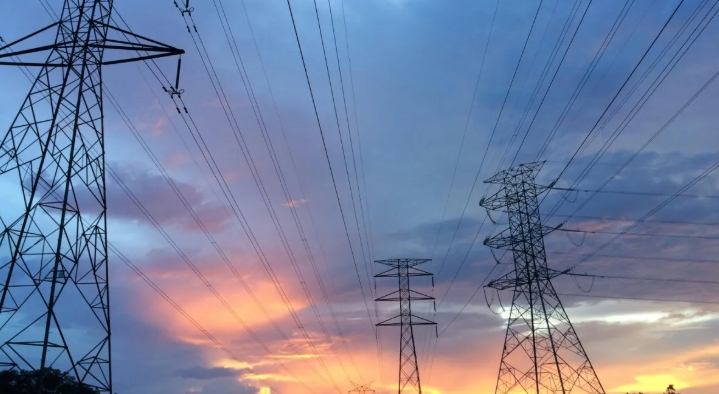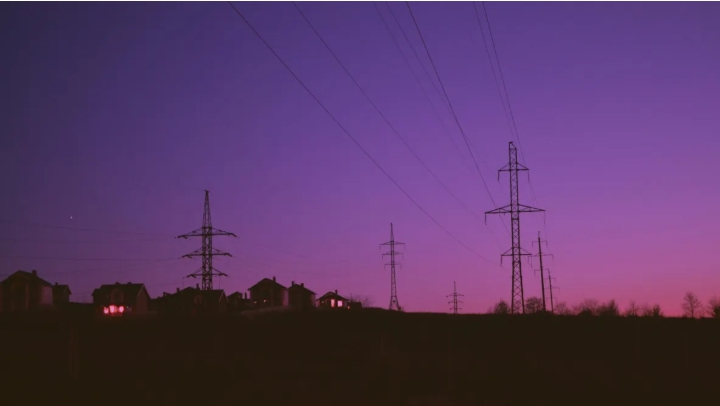Peter Altmaier, the country’s economy minister, said the money will become available after lawmakers pass legislation to finalize the terms and timing of Germany’s exit from coal. Those details are expected to be worked out over the next few months.
Officials said the funds would be used to support transportation infrastructure and increase access to broadband communications. The plan also includes locating research institutes and federal offices in areas impacted by the shutdown of coal plants. Some of the money is earmarked for areas with black coal-fired power stations.
A government-appointed panel in January recommended Germany end all coal-fired power generation no later than 2038, citing the impacts of coal generation on climate. The country generates more than a third of its power from coal. The country’s last deep-shaft black coal mine closed in December 2018.
However, open-cast lignite, or brown coal, mines are still in operation. Lignite is considered dirtier than black coal but remains relatively cheap to extract.
Study: Current Plan Would Hit Emissions Targets by 2030
A study commissioned by the economy ministry of Germany’s most populous state, North Rhine-Westphalia, and carried out by the Institute of Energy Economics (EWI) at the University of Cologne, reported Tuesday that the country’s recommended paths to end coal-fired powerwould enable Germany to hit national emissions reduction targets from power generation by 2030.
The recommendations on phasing out coal-fired generation, announced earlier this year, include retiring 12.7 GW of coal capacity by 2022, with another 13 GW to 17 GW shuttered by 2030.
Germany in 2014, three years after the disaster at Fukushima in Japan, said it would close all its nuclear power plants by 2022. The World Nuclear Association said Germany receives about 12% of its total power supply from the country’s seven nuclear reactors.
Germany today produces more power than it needs and exports the excess to neighboring countries. There are concerns that the country’s move toward more renewable power generation will not be able to replace its current generation, particularly for the country’s energy-intensive manufacturing sector.







